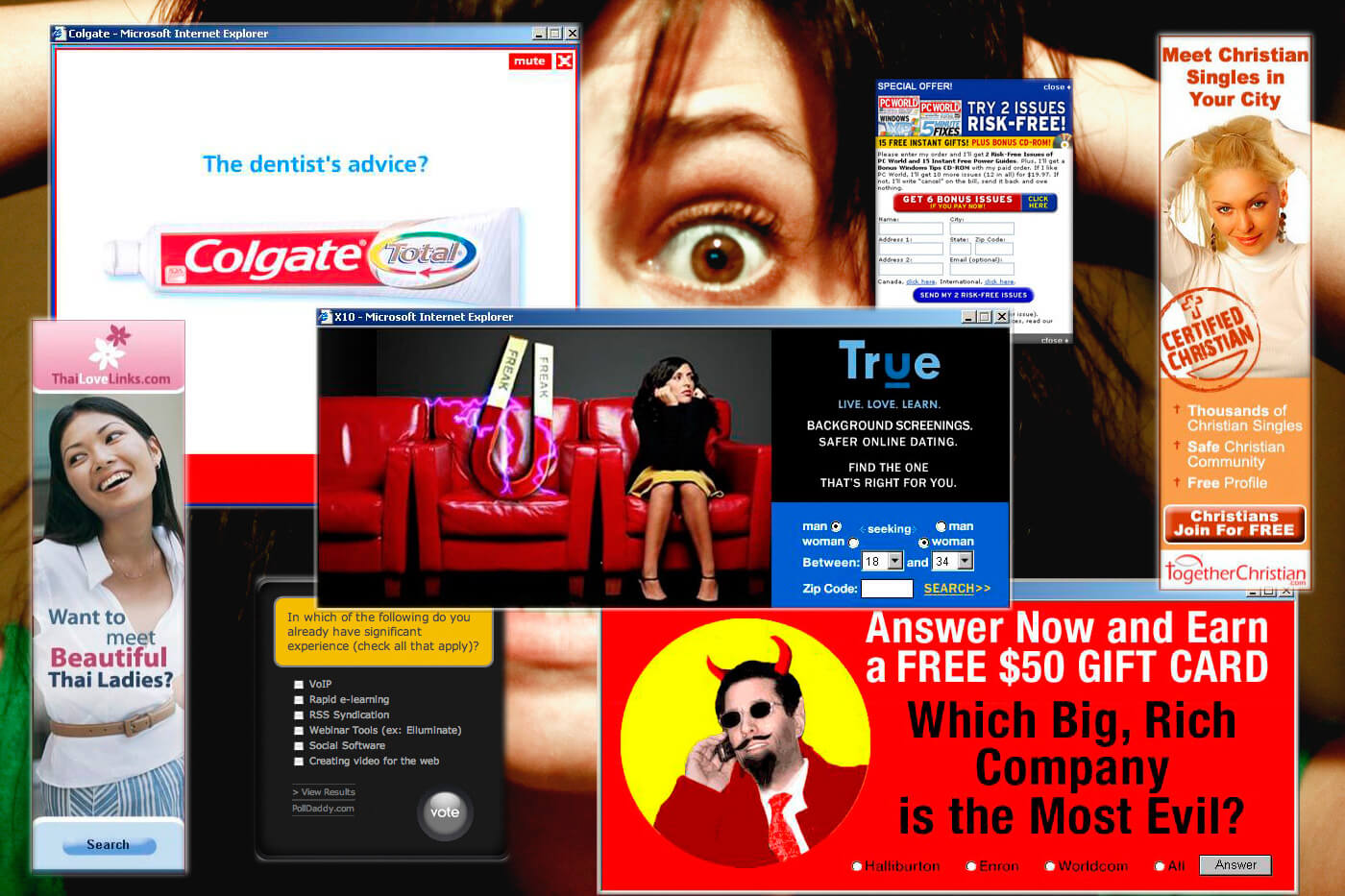In today's digital age, consumers on social media are constantly bombarded with advertisements. What presents an immense opportunity for advertisers to expand reach can quickly become a burden for users. A recent study titled "The impact of Ad overloads perception in social media on Ad avoidance behavior: the mediating effect of social media fatigue and goal impediment" sheds light on this very phenomenon, providing crucial insights for online marketers and publishers.
The study, published in Management 2024, Vol. 28, No. 2, notes that ad avoidance—the tendency of individuals to ignore or circumvent advertisements—is becoming increasingly common in the context of social media. Ad blockers and premium services like YouTube Premium are just some of the tools users employ to escape the flood of ads. Recent figures from Adobe underscore the urgency of the problem: digital publishers lose around $40 billion annually due to ad blockers, a trend that continues to grow.

While social media platforms like Facebook, TikTok, and YouTube use sophisticated algorithms for targeted advertising, the sheer volume and sometimes intrusive nature of these ads lead to adverse reactions. Research in traditional media has already shown that "ad clutter"—an excessive density of ads—reduces ad recall and comprehension and fosters a negative attitude towards advertising, ultimately leading to ad avoidance.
You can observe similar effects in the online environment. According to this research, too high an ad density leads to the ad avoidance problems described here. At this point, I also recommend our comprehensive article on ad density, which delves into optimal settings and their impact on user experience.
The study is based on a sample of 450 participants who are active on at least one social media platform. The researchers distributed respondents across YouTube (29.5%), Facebook (45%), and TikTok (25.5%). They collected data using a questionnaire distributed via digital platforms and links in comment sections. The sample was predominantly female (58.7%) and primarily consisted of individuals aged 18-35 (51%). Five key variables were measured: Ad Overload (Ad_clutter), Ad Intrusiveness (Ad_intrus), Ad Avoidance (Ad_Avd), Social Media Fatigue (SMF), and Perceived Goal Impediment (PGI).
The study's findings are insightful and confirm the negative impacts of an excessive ad load:
The study demonstrates that the quantity and placement of advertising on social media are crucial for campaign success. High ad overload and intrusive ads can lead to a downward spiral: they frustrate users, impede their goals, generate social media fatigue, and ultimately result in increased ad avoidance.
For a sustainable and successful online marketing strategy, it is essential to take user perception seriously and find a balance between monetization and user experience. If advertisers ignore these findings, they risk not only ad avoidance but also a general aversion to their brands and the platforms on which they advertise.
Want to dive deeper into the research? You can download the complete study for free here.